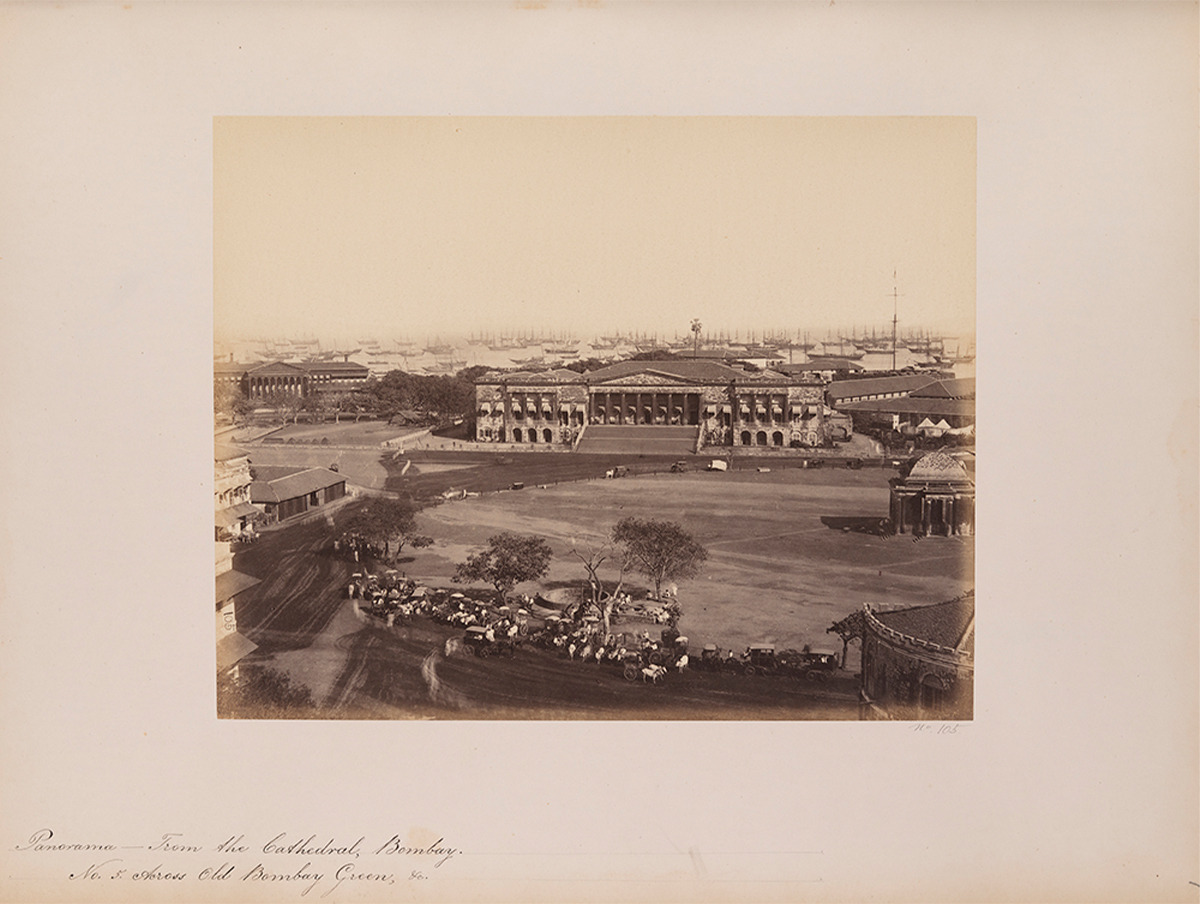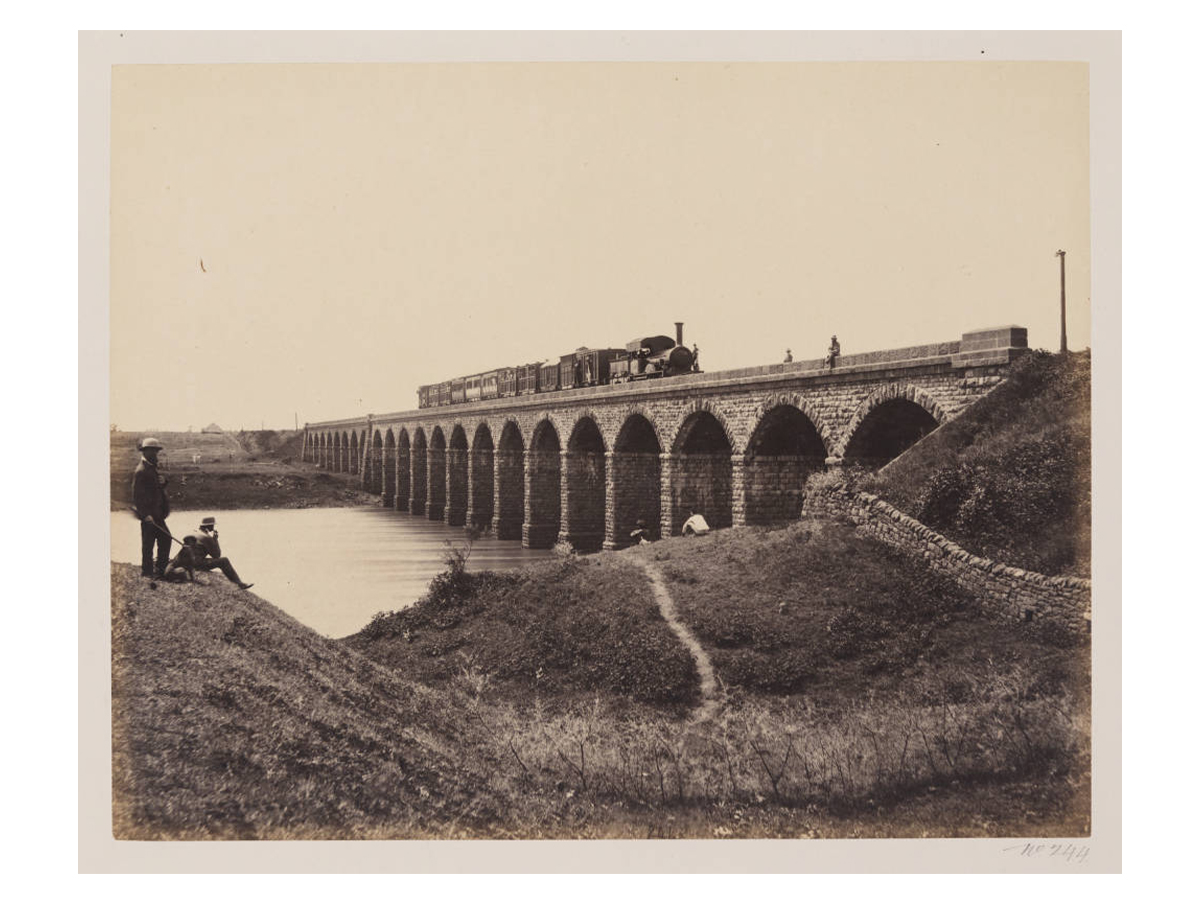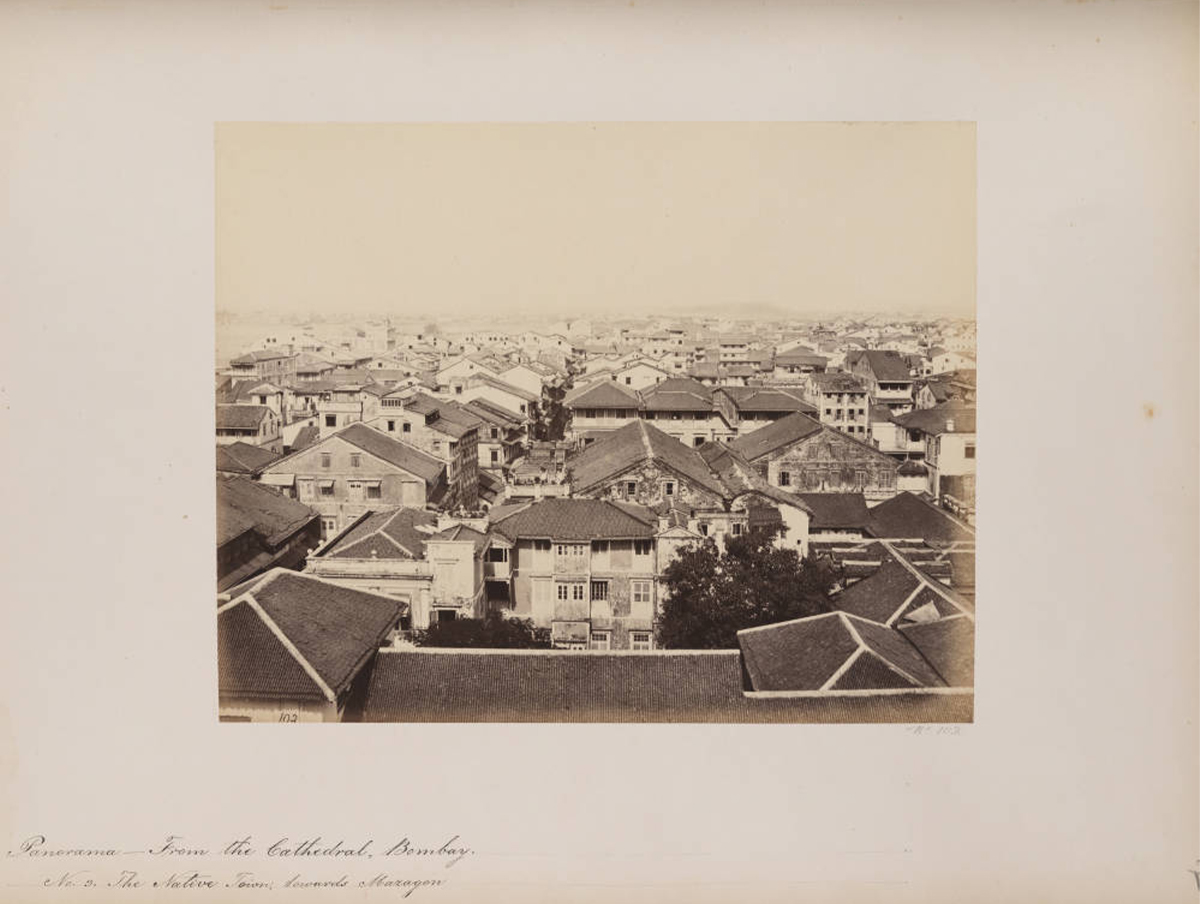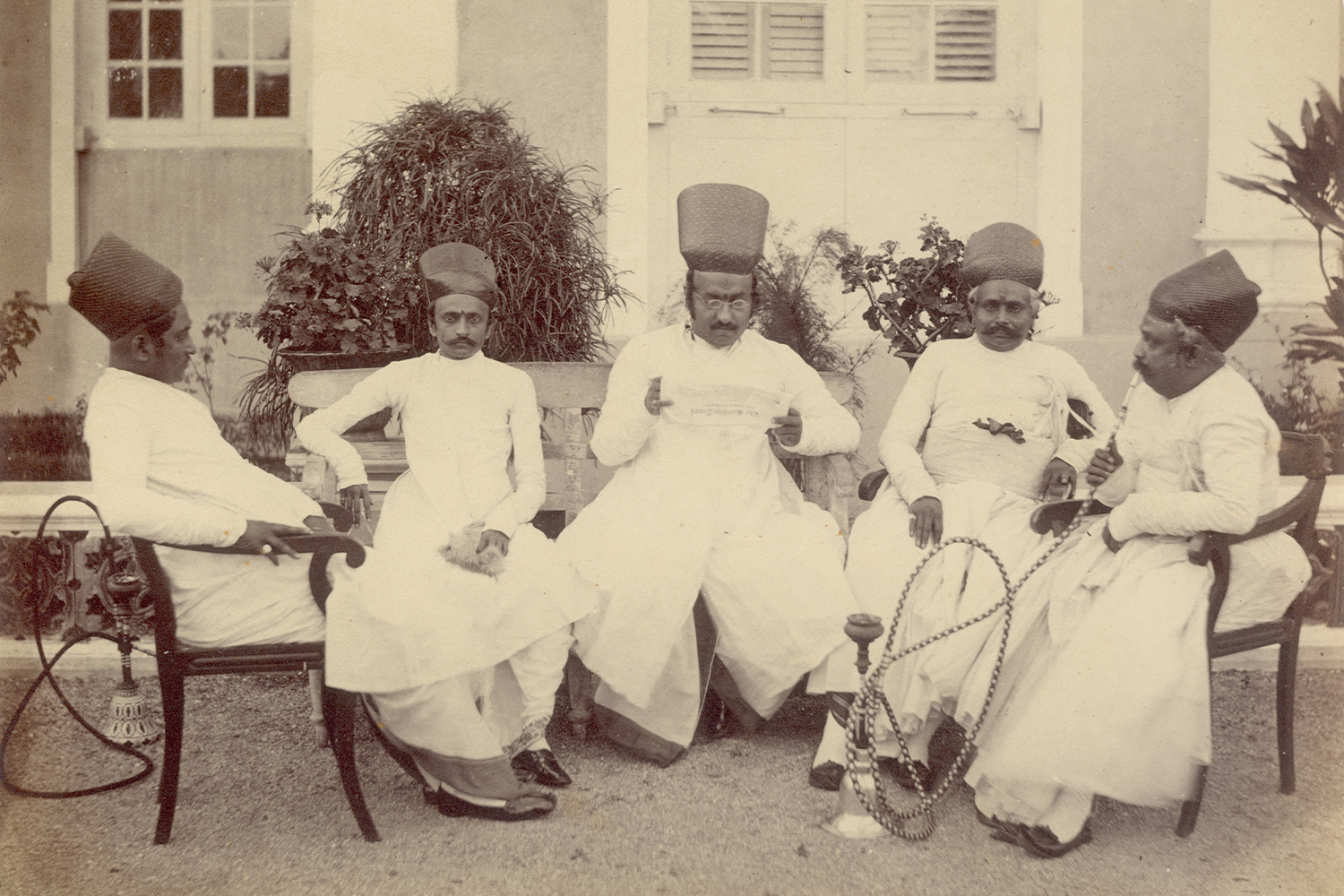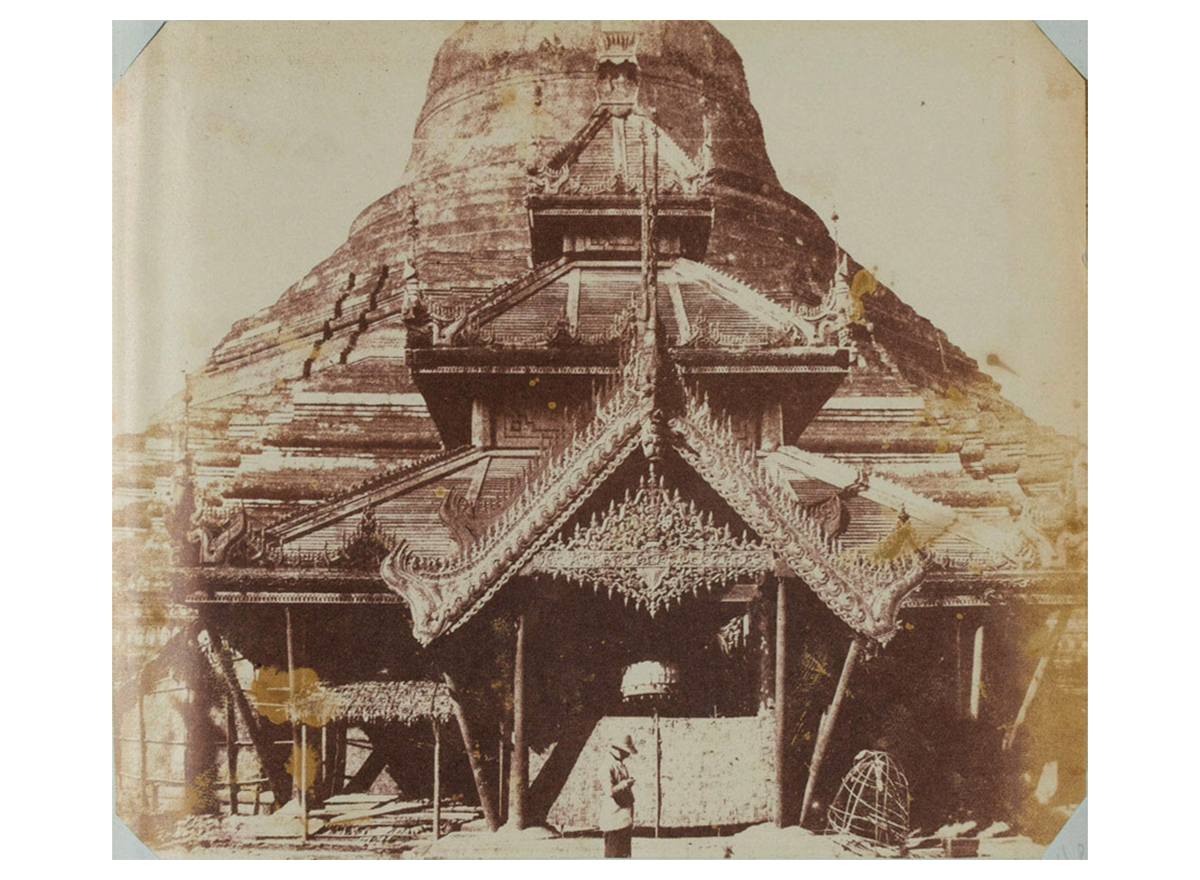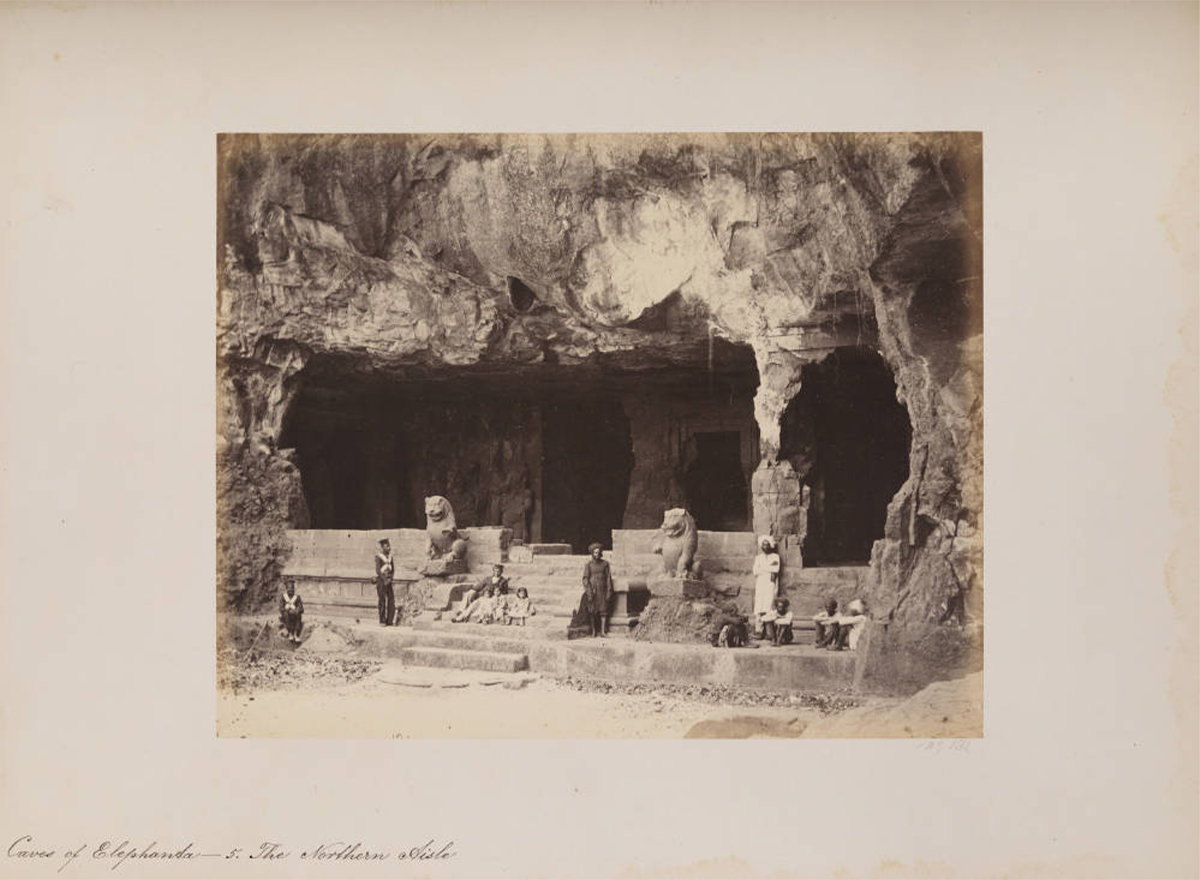ARTICLE
Photographic Society of Bombay
An organisation of British and Indian amateur photographers, the Photographic Society of Bombay was founded in 1854 as a forum for enthusiasts to share their photographs and insights in and around Bombay (now Mumbai). Helmed by Harry Barr, its first president, and William Johnson and WHS Crawford, its joint secretaries, it was the first such organisation to have been established in British India, serving as an antecedent to the Photographic Societies of Madras (now Chennai) and Calcutta (now Kolkata), both founded in 1856. Started as a self-sponsored, membership-based organisation with just a few founding members — including the only Indian members Bhau Daji Lad, Venaik Gungathur and Ardaseer Cursetjee — the Society grew quickly in popularity, owing to the introduction of formal training in photography at Elphinstone College, Calcutta under Crawford; the patronage of Charlotte Canning; the publication of its own journal; and the general surge of interest in the new medium. The members of the Society held their meetings at the Bombay Town Hall (which later housed the Asiatic Society of Bombay), where from 1855 on they also held exhibitions of their work and, occasionally, the work of non-members as well.
The Society was modelled after the Photographic Society of London, an organisation formed just one year prior, and shared with it the aim of providing a platform for photographers and photography enthusiasts to exchange and develop ideas. Photography at the time was an expensive and time-consuming practice, restricted to the leisured British and Indian upper classes. As photographic and printing technologies evolved, photography as an activity became more accessible and affordable. With the rapid expansion of Bombay in the 1850s and its emergence as the British East India Company’s principal commercial hub in South Asia, resulting in a massive influx of workers from all over India, the city became an epicentre of private, commercial, Company- and later Crown-sponsored photographic activity. Consequently, these shifts also changed the profile of the Society’s photographers; its membership grew to include amateurs and professionals such as clerks or low-ranking officers in the military. Newer members also included students of the photography course at Elphinstone College, which had been introduced upon a mandate from the Company. The Society thus doubled its membership base to two hundred within its second year, including in its ranks notable photographers such as Hurrychand Chintamon, George Ballingall, Narayan Dajee and Bhau Daji Lad. While the foremost goal of the Society was the promotion and advancement of the craft of photography among its members and society at large, it remained alert to and aligned with the interests of the Company and the Crown by maintaining frequent contact with commissioned photographers – such as John McCosh, Thomas Biggs and William Henry Pigou – and sometimes even aiding in their photographic projects and collections by contributing its own photographs..
Initially architectural and landscape photography were more popular among the members than portraiture, because stationary subjects proved more conducive to experiments in exposure and printing. During this phase, temples near Bombay — such as the Ambernath and Elephanta temples — and similar monuments and ruins were favoured as subjects. Images of such sites, in their wild and overgrown surroundings, taken to evoke an aura of lost architectural splendour, were also highly coveted among its audience. With the emergence of photography studios and the settling of diverse migrant communities in Bombay, the focus shifted to portraiture and ethnography. As ethnographic studies and surveys became a routine colonial exercise, the members of the Society began to expand their focus to accommodate its demands, some even contributing their work to publications and albums that showcased India’s ethnic diversity for a European audience.
From 1856 on, the Society began to publish its proceedings in the Journal of the Photographic Society of Bombay. Between 1856 and 58, the Society also published the monthly Indian Amateur’s Photographic Album (IAPA), which ran a total of thirty six issues featuring images by Johnson and William Henderson that covered architecture and portraiture. A number of their photographs of ethnic groups in and around Bombay were later repurposed for their independently-published album, The Oriental Races and Tribes, Residents and Visitors of Bombay.
The Society disbanded by the early 1860s, for reasons unknown, but left a lasting impact on the imagination and scope of photography in colonial India.
Bibliography
Our website is currently undergoing maintenance and re-design, due to which we have had to take down some of our bibliographies. While these will be re-published shortly, you can request references for specific articles by writing to hellomapacademy@map-india.org.




